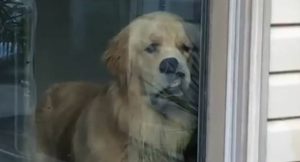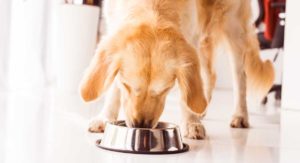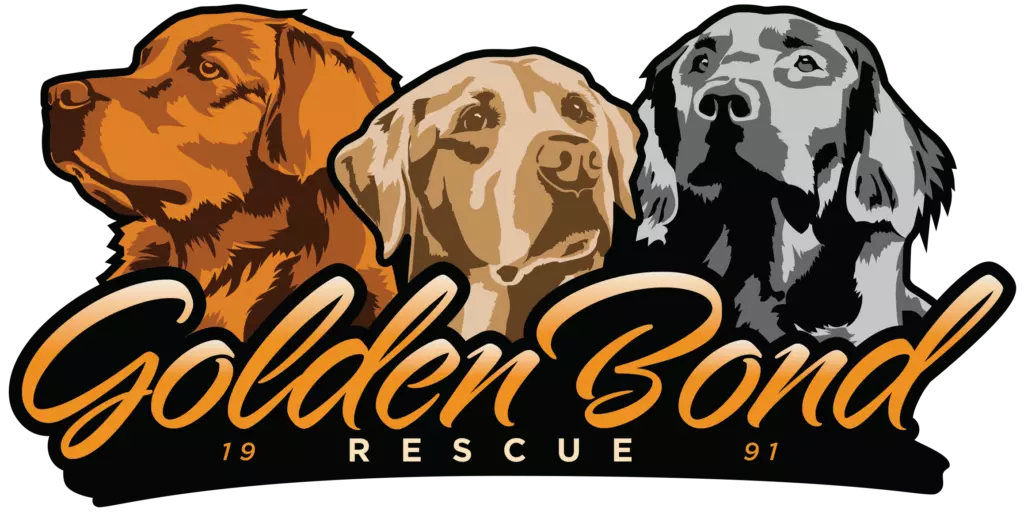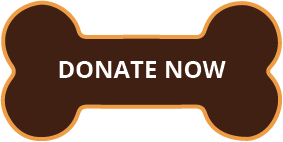Will Your Rescue Golden (or other dogs) Be Ready?
By Jeanne Spreen
One of these days you will be returning to work (we hope)! Will your dog be as ready as you are?
A favorite quarantine joke: Dogs everywhere think they’re in heaven. Their humans are home 24/7. Cats are contemplating suicide.
Funny, and with a great deal of truth. In fact, our pets are seeing way more of us these days as we shelter in place, and the routines that normally shape and inform their lives have all but disappeared. Dogs especially rely on those daily routines to give them comfort and security; a sense that all is well in their world. Based on the good advice of science-based professional trainers and behaviorists, there are some things we can do now to ease the transition when we return to jobs and other activities outside the home.

Many doggy day-cares and dog walkers are temporarily closed, but if yours is operating safely and that’s part of Fido’s normal routine, consider using their services once a week or so (which also supports their struggling small business).

Most dogs will be fine when we return to our regularly scheduled lives, but now is the time to minimize the risk of avoidable anxiety and struggle. If your dog shows increased signs of stress (barking, whining, drooling, pacing, chewing, etc) with initial attempts to leave him alone, please consider contacting a certified professional trainer experienced with dogs who suffer separation anxiety. Many good trainers are currently using virtual methods to work with clients, and the nature of separation anxiety lends itself well to this kind of training. If your pup has struggled with isolation distress in the past, now is an excellent time to refresh the tools that helped; practicing out-of-sight exercises, devaluing your departure clues, etc. The link below offers many good resources.
One last thought: experts assure us that cuddling, playing with and loving on our dogs in great heaping amounts while we are quarantined will not create doggy separation distress later. Go on. Have a lovefest. It’s good therapy for us all.
https://www.myfantasticfriend.com/2020/04/07/home-alone-dog-edition/


